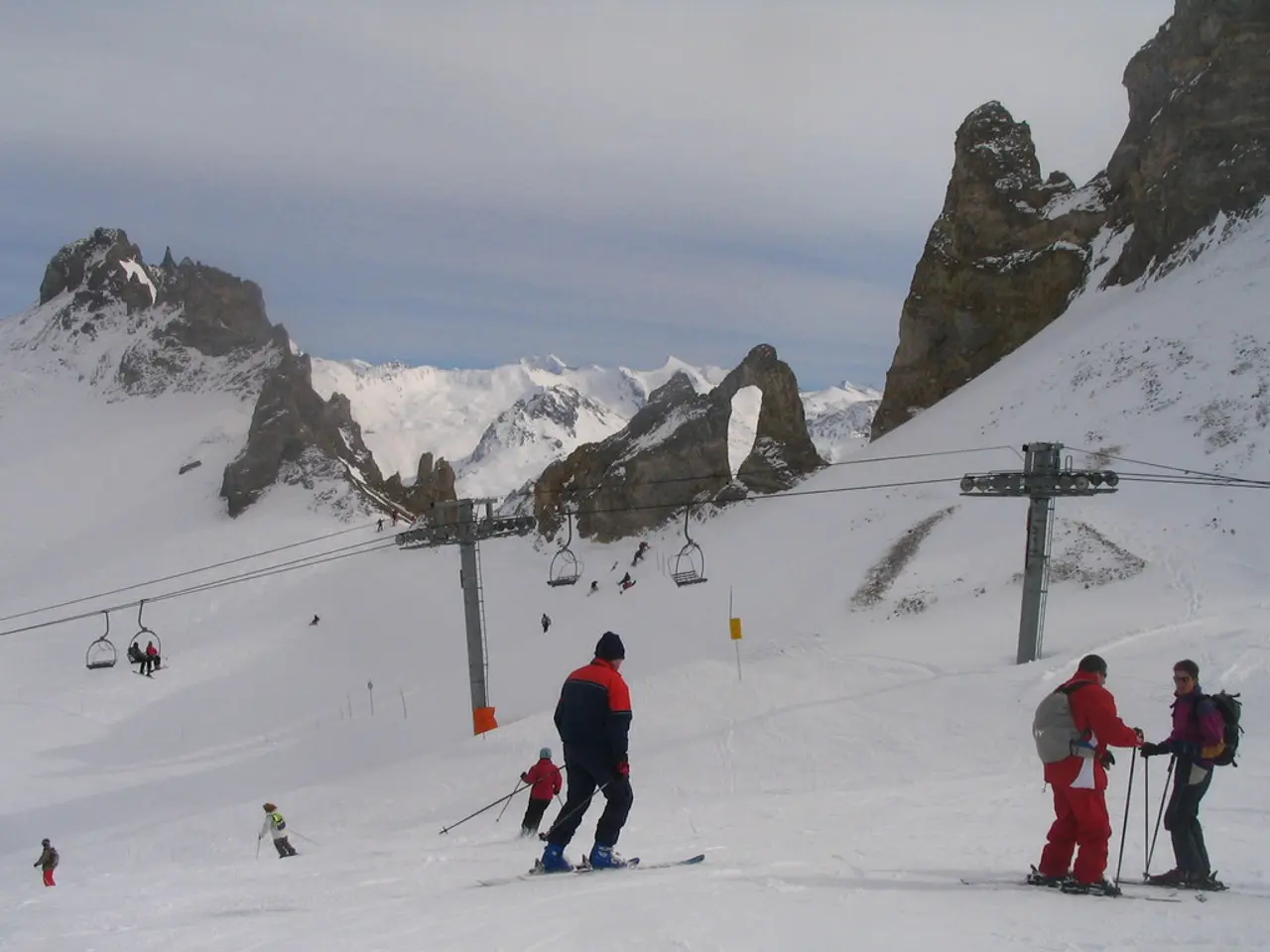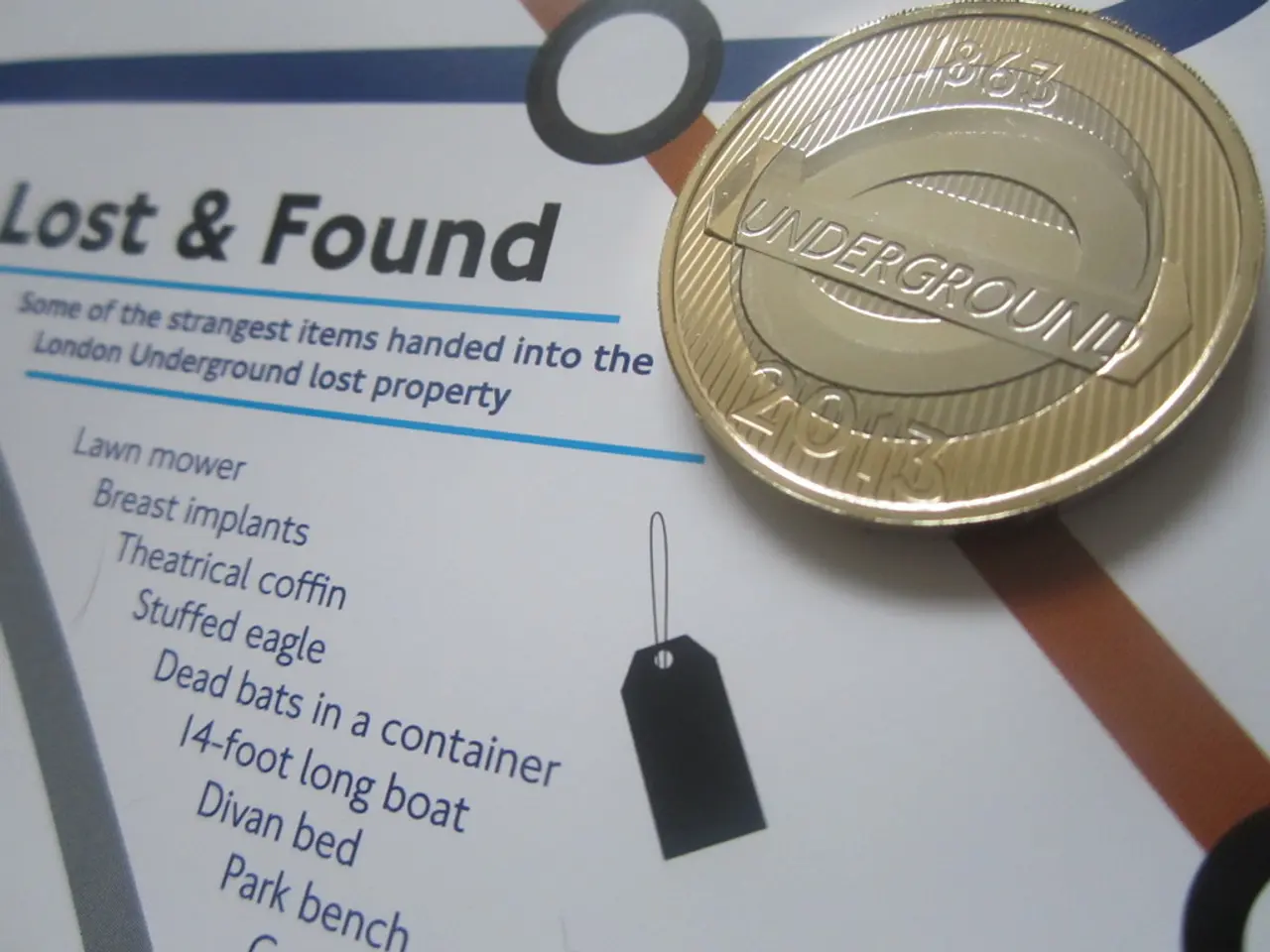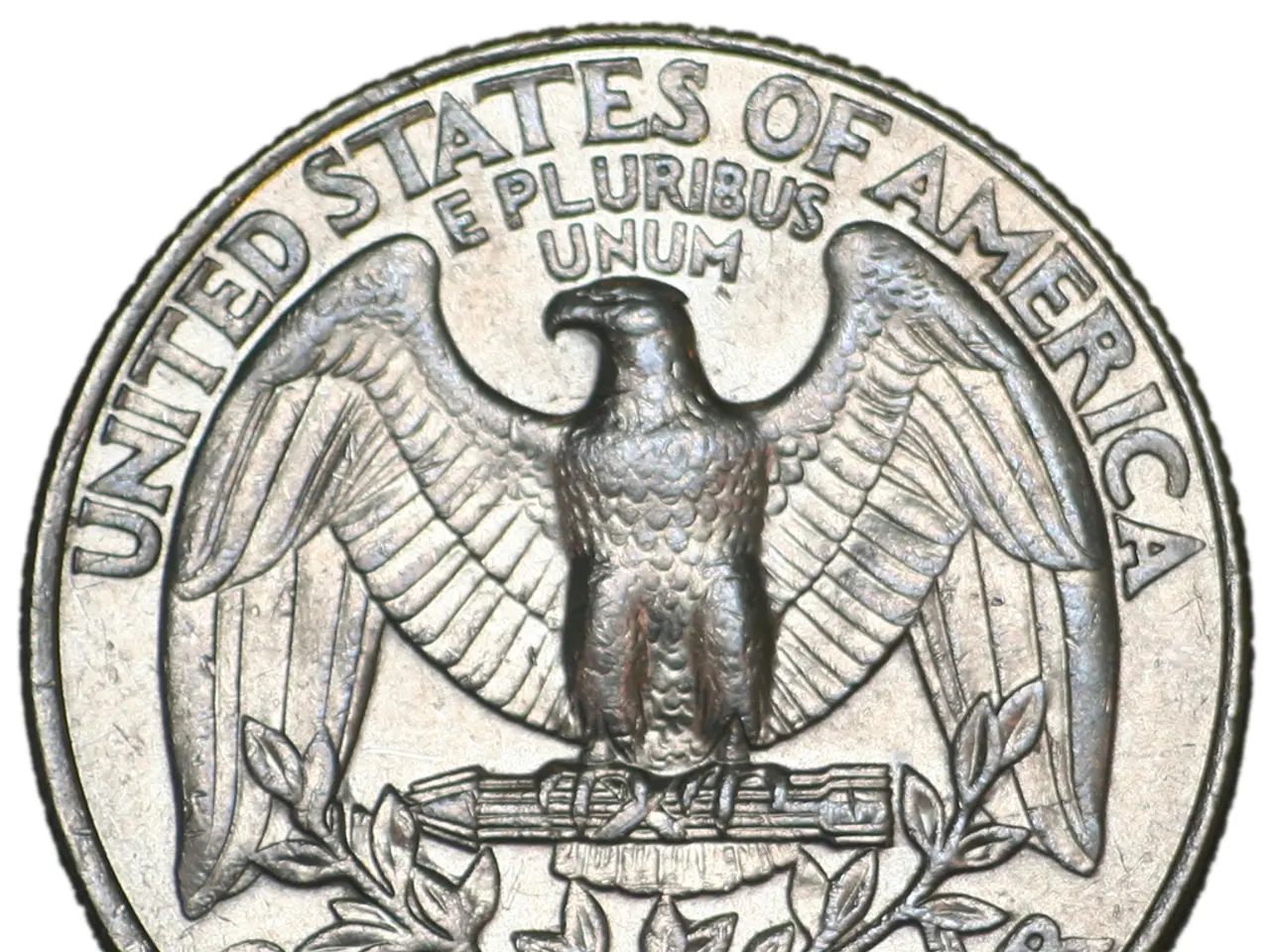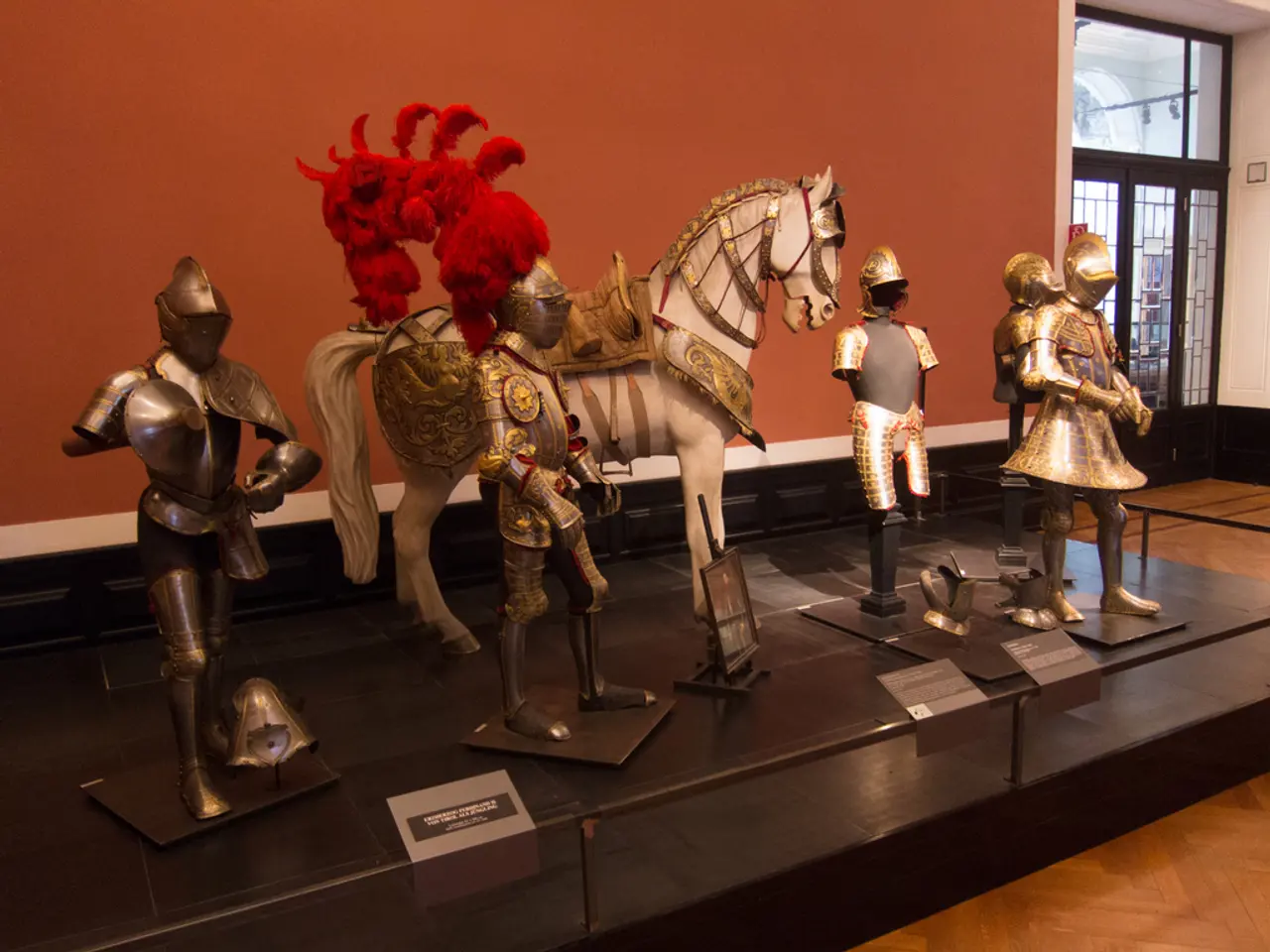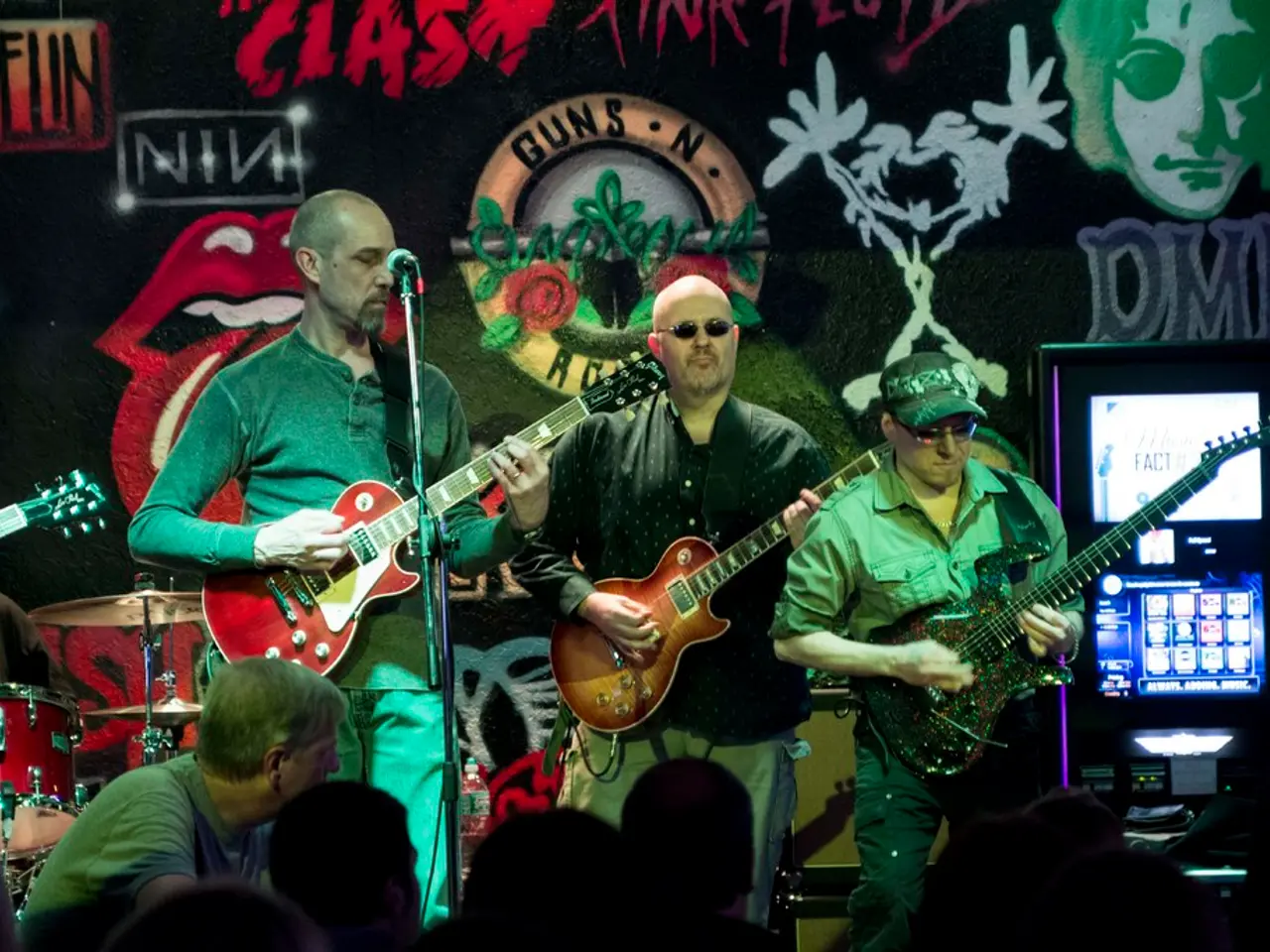Unsocked pursuit of Primoz Roglic in the Tour de France: Why the cyclist eschews footwear and the implications
In the world of professional cycling, the debate over aero socks versus no-show socks has been a topic of interest. Recent wind tunnel testing has shed light on the impact of these choices on aerodynamic performance and cooling, revealing that the differences may be minimal.
Comprehensive testing of 16 aero sock models, including non-aero baseline socks and even riding without socks, showed that aero socks create very little difference in aerodynamic performance. Some high-end aero socks like the Capo Super Corsa and Assos RSR S11 performed slightly better, but the performance gap compared to basic non-aero socks was within the margin of experimental error. Interestingly, the no socks condition scored mid-table, better than some aero sock models, indicating that the aerodynamic benefit is fairly rider-specific and small.
A key insight is that some professional cyclists naturally have aerodynamic legs, reducing the incremental gains that aero socks could provide. This may be why the baseline Bontrager socks outperformed many nominal aero socks, and not wearing socks at all wasn't detrimental aerodynamically for certain riders.
In climbing or slower speed scenarios, where aerodynamic gains are less significant, cooling becomes more important than aero benefits. Increasing core body temperature negatively affects power output, so riders may prioritize ventilation and cooling over marginal aero gains. Full shoe covers, sometimes used for aero gains, may actually compromise cooling since they trap heat, which is less desirable especially in mountainous or warm conditions.
In conclusion, aero socks offer small aerodynamic advantages that might be relevant in flat, high-speed sections, but these gains are minor and sometimes within the noise of testing variability. No-show or even no socks can offer better cooling and are competitive aerodynamically for certain riders, particularly in climbing or warmer conditions where heat management trumps aero gains. Therefore, the choice often comes down to personal preference, course profile, and environmental conditions rather than clear performance superiority.
Primoz Roglič, team leader of Red Bull-Bora-Hansgrohe, has been spotted wearing no-show socks during stage 12 of the Tour de France, a decision that might have been due to the additional cooling they offer. This choice, while unconventional, underscores the importance of staying cool during high-intensity cycling events.
Sources: [1] Cyclingnews.com [2] Bicycling.com [3] Road.cc [4] Cyclingweekly.com [5] Red Bull.com
Sports such as road cycling often involve debates about equipment choices, like aero socks versus no-show socks, to enhance performance. However, recent tests have shown that the difference in aerodynamic performance between these options is minimal, with some riders even performing better without socks.
